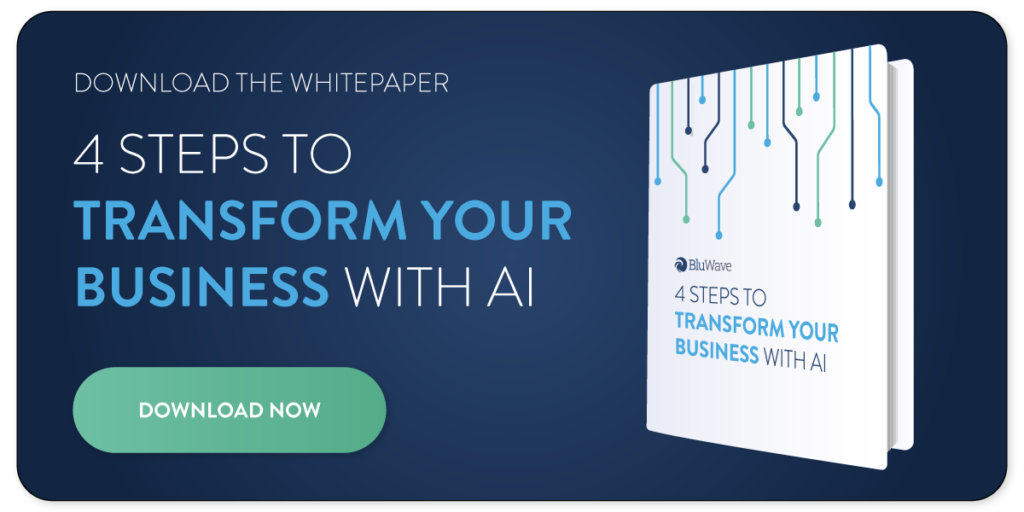The integration of artificial intelligence (AI) and machine learning in healthcare is poised to revolutionize the industry by enhancing efficiency, transforming medical education and augmenting the role of healthcare professionals.
The latest Private Equity Insights Report from BluWave shows strong interest in AI data analytics as well as robust activity in the healthcare industry.
LISTEN: The Window of Opportunity: Healthcare and PE Insights
Scott Becker, founder of Becker’s Healthcare and Partner at McGuireWoods, discussed these topics with BluWave CEO and Founder Sean Mooney on the Karma School of Business podcast.

Efficiency in Healthcare Processes
Becker’s insights into the role of AI in healthcare reveal a significant shift toward efficiency, particularly in areas like revenue cycle management.
He spoke to the remarkable reduction in workforce requirements.
“You’ve got places that have 1,500 employees. They can get down to 1,000 employees with using AI,” he said.
READ MORE: Healthcare Compliance: Due Diligence Checklist
This reduction is not about diminishing the human element but rather reallocating it. By automating routine and repetitive tasks, AI allows healthcare professionals to focus their expertise on more complex and nuanced cases.
This shift is not just a matter of numbers; it represents a fundamental change in how healthcare operations are managed. Becker elaborated on the challenges faced in staffing these roles.
“A lot of those jobs are relatively lower-wage jobs where the turnover was tremendous,” he added.
This also speaks to the importance of AI in creating a more stable and focused workforce.
READ MORE: How To Extract Data from ERP Systems
Transformation of Medical Education
Becker also said that the medical education system is in dire need of an update.
“Medical school is still designed pre-internet,” he said. “A specialist isn’t out of school until they’re in their early thirties.”
This not only prolongs the training period but also imposes significant financial and mental burdens on aspiring medical professionals.
READ MORE: Professional Healthcare Recruiters: Specialized Human Capital Resources
“You’ve got this horribly inefficient medical school program and residency training program,” he added.
By leveraging artificial intelligence for educational purposes, the learning process can be significantly streamlined, reducing both time and cost for students.
Augmentation of Medical Professional Roles
There are many use cases for existing medical professionals as well. Mooney offered one example.
“They’re going to have these amazing copilots that will help do all those kind of brain sequences,” he said.
READ MORE: AI Data Analytics: Business Intelligence Tools
Mooney views AI as a tool to assist, rather than replace, human expertise. AI’s ability to process vast amounts of data and identify patterns can significantly enhance the diagnostic process, allowing medical professionals to focus on critical decision-making and patient care.
“I don’t think you could ever turn them over to the robots, at least in our visible future,” Mooney added.
The integration of AI promises to elevate the quality of healthcare, making it more precise, personalized and effective.
While the potential of AI in healthcare is immense, challenges such as resistance to change and vested interests could impede its adoption. Its future prospects, however, are promising.
The integration of AI and machine learning in healthcare represents a significant shift toward more efficient, effective and personalized care.
The invite-only Business Builders’ Network is full of AI experts who work with healthcare businesses on a regular basis.
Connect with our research and operations team, and they’ll provide a short list of tailor-made resources within 24 hours.
Listen to all the episodes from the KSOB podcast.








